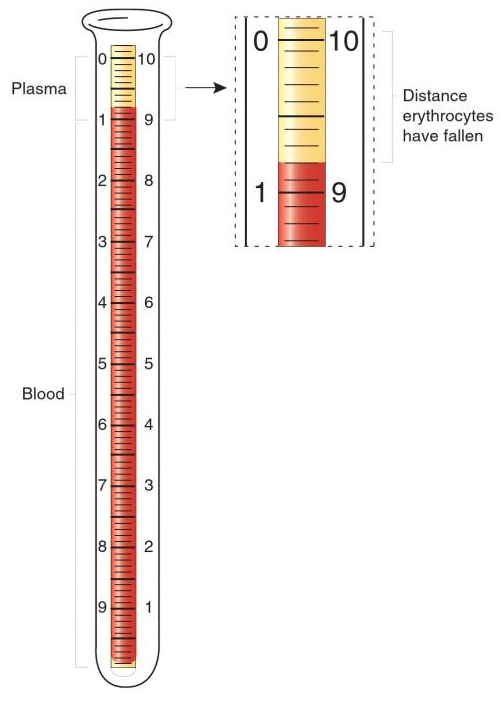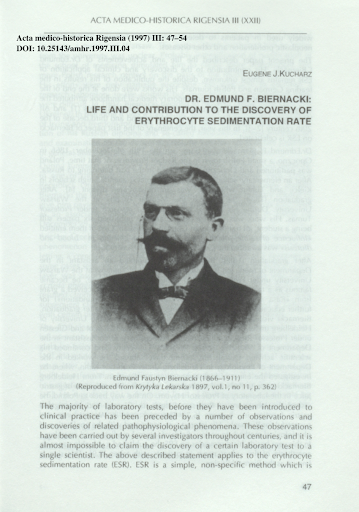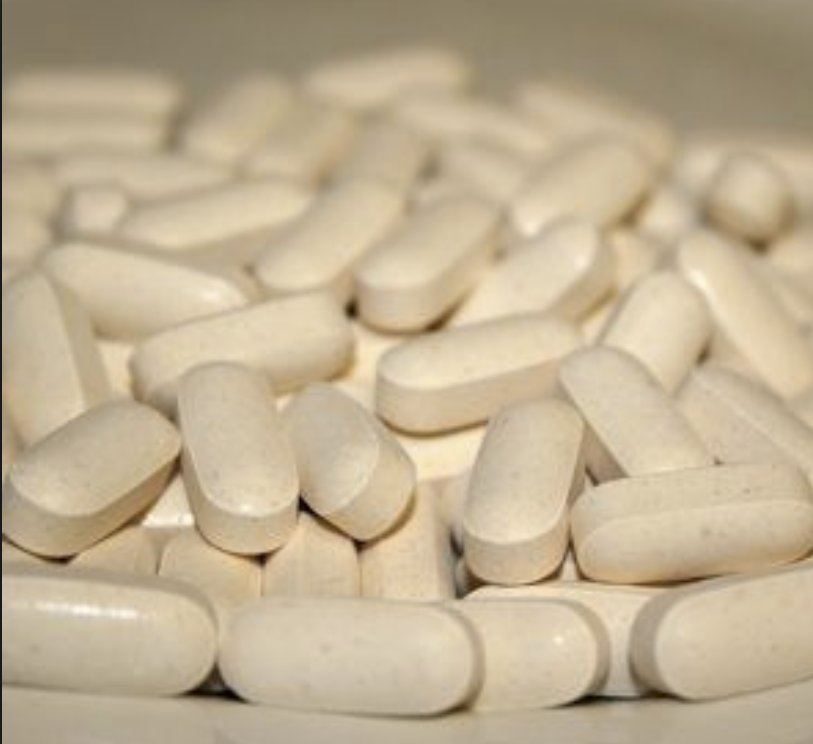So, what are the factors that influence ESR to make it non-specific?
(written alongside @AndyHale33 @FreedoBaggins)

ncbi.nlm.nih.gov/pubmed/?term=K…

A 23yo M with OUD p/w fever, petechial rash, new murmur, and shock. Labs with thrombocytopenia and GPC BCx. TTE with AV Vedge. ESR checked and was 5mm/hour
When blood is allowed to sit uninterrupted RBCs will naturally settle to the bottom of a tube. Because of the column of plasma, factors that influence the plasma composition such as viscosity will impact RBC sedimentation
1. spatial interference within the column of blood
2. electrical charge of RBCs
3. viscosity of the plasma
academic.oup.com/cid/article/33…
bloodjournal.org/cgi/pmidlookup…
academic.oup.com/ofid/article/2…
- Age related increase in ESR? → Fibrinogen increases with age
- Pregnancy related increase in ESR? → Fibrinogen increases in pregnancy
ESR is readily explained by three variables:
1. spatial interference within the column of blood
2. electrical charge of RBCs
3. viscosity of the plasma
!!But electrical charge is the most important and fibrinogen specifically has the largest impact
ESR is non-specific because it is influenced by many factors that influence three variables:
1. spatial interference
2. electrical charge of RBCs
3. viscosity of the plasma
!Electrical charge is the most important and *fibrinogen specifically has the largest impact
jamanetwork.com/journals/jama/…






